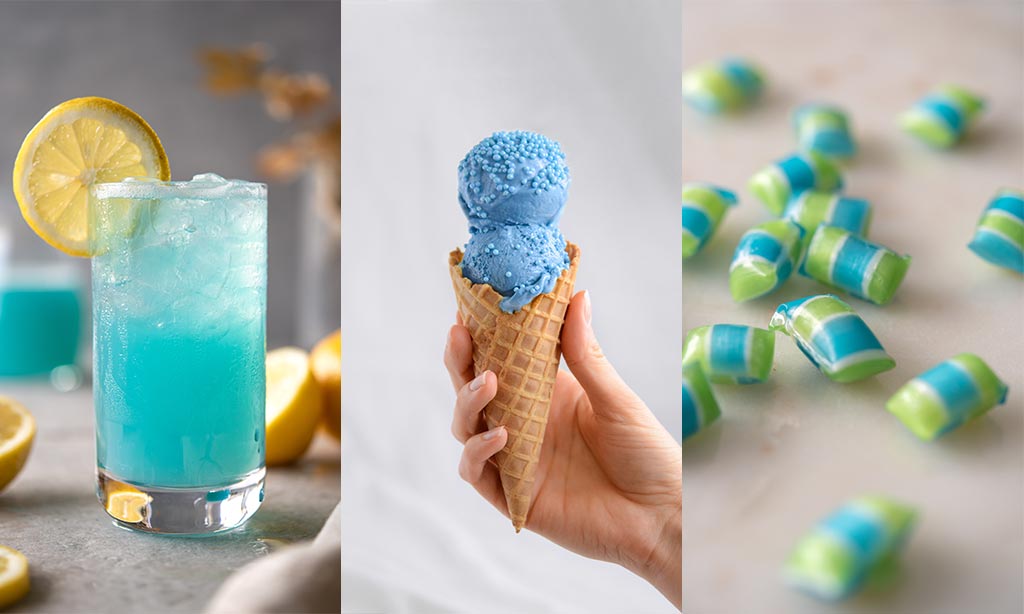In the search for sustainable and regenerative resources, algae are emerging as a game-changer across various industries. Not only are these diverse aquatic plants transforming packaging, textiles and beauty products, they are also on their way to revolutionizing the food industry. With their rich nutritional profile and minimal environmental impact, algae offer a promising, regenerative alternative to traditional food sources. Algae-based products and ingredients are growing in popularity as they provide a sustainable food source with numerous health benefits.
The Nutritional Powerhouse
Algae are exceptionally rich in both macro- and micronutrients, making them a true superfood. They provide essential vitamins, minerals, and proteins, which are crucial for human health. Dr. Sophie Steinhagen from the Tjärnö Marine Laboratory says, „Climate change is affecting most of our crop systems and we are in urgent need of new production. We cannot extend terrestrial farmland – so we need to go into the ocean.“ This highlights the urgent need to explore ocean-based food sources like seaweeds. Algae extraction techniques are being refined to maximize the nutritional yield and efficiency of algae as a food ingredient.
There are several types of algae, each with unique characteristics and potential as a food source:
- Slippery, bright green, and abundant, the common green Ulva macroalgae, commonly known as sea lettuce, is considered one of the most versatile seaweeds. It has a mild, slightly salty flavor with a nutty aftertaste and is often used in culinary in its whole form.
- Irish moss is a small macro-algae, ranging in color from greenish-yellow to dark-purple. It is commercially harvested for carrageenan extract, a gelatinous substance that is used primarily for gelling and thickening in foods, pharmaceuticals, and cosmetics.
- Gracilaria is a genus of red macro-algae that includes about 100 different species. The rich pigmentation and comparatively mild aroma make it an interesting future candidate for food coloring, although purple sea moss is not yet approved as an official food coloring ingredient in Europe.
Spirulina: The Blooming Blue
One of the best-known microalgae in the food sector is Spirulina. Known for its unique blue color, Spirulina is harvested from both fresh and marine waters and can also be cultivated through microbial fermentation. With a protein content ranging from 30% to 60%, Spirulina rivals soy protein and offers more essential amino acids with a minimal environmental footprint. Its natural dark green appearance hides the vibrant blue phycocyanin it contains, which is used for natural coloring. Offering the food and beverage industry the opportunity to create appealing blue, green to purple products with cleaner and clearer labels.

GNT and EXBERRY®: Leading the Way
EXBERRY® has been at the forefront of spirulina-based colorants for over 25 years. We collaborate with reliable suppliers to process spirulina into blue and green pigments at our own facility in Mierlo, Netherlands. This innovative approach not only provides natural, plant-based color solutions but also supports sustainable practices in the food industry.
A sustainable future
As the world grapples with the challenges of climate change and resource depletion, algae offer a beacon of hope. Their regenerative qualities and nutritional benefits make them an ideal candidate to support a sustainable and resilient food system. Our mission is to create plant-based ingredients to drive a healthier future for people and planets. For us, the future of food looks vibrant and colorful, thanks to the power of algae.
Interested in learning more about how GNT and EXBERRY® are innovating with algae-based products? Contact us today to discover how our expertise can benefit your business and contribute to a sustainable future. Reach out!
